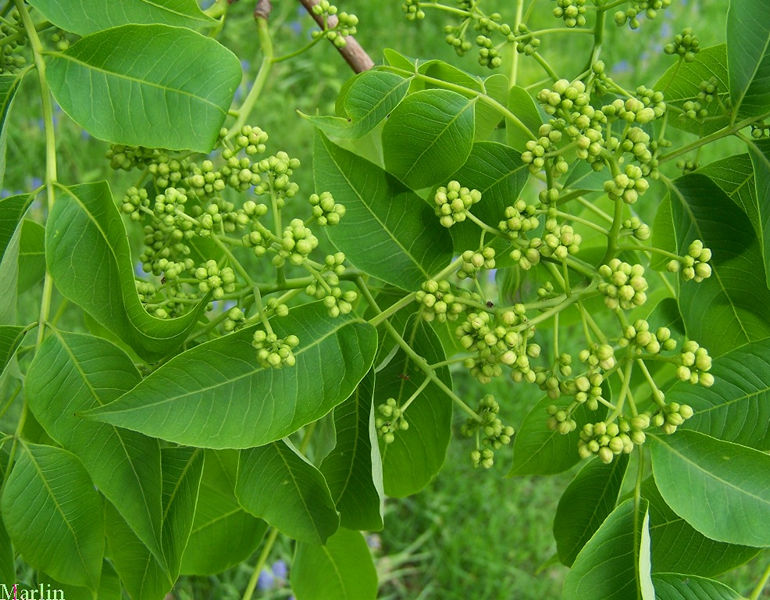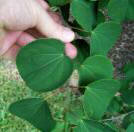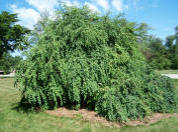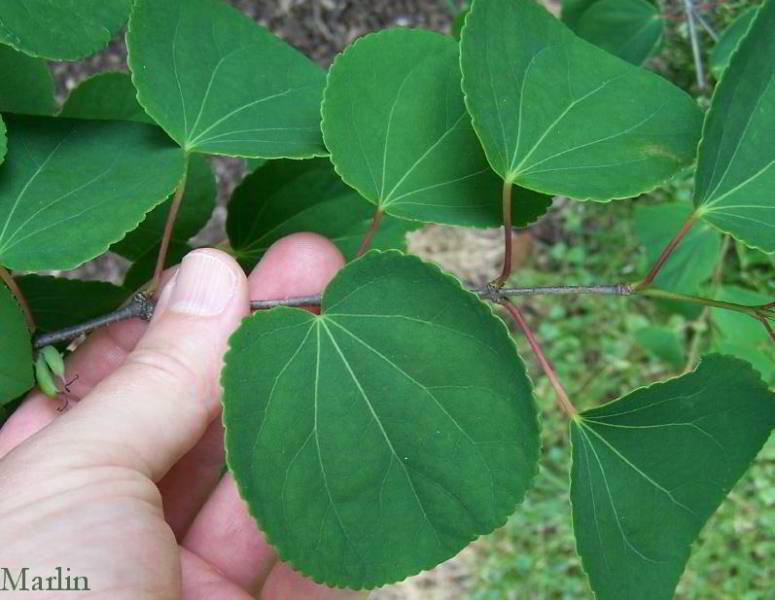 |
Family Rutaceae – Cork trees, Citrus trees Family Cercidiphyllaceae – Katsura Trees Citrus fruits are, of course, some of our most beloved eats and cork is good for wine bottle stoppers. . |
Custom Search
|
 |
| Family Rutaceae are herbs, shrubs, and trees with commonly odoriferous herbage comprising about 150 genera and 1,500 species; further characterized by the common occurrence of spines and winged petioles. The Citrus genus includes the agriculturally important fruit trees: orange, lime, grapefruit, kumquat, and mandarine. Boronia is a large Australian genus, some members of which are plants with highly fragrant flowers and are used in commercial oil production. Other large genera include Zanthoxylum, Melicope and Agathosma [1]. |
Chinese Cork Tee |
 Amur Cork Tree |
 Japanese Orixa |
|
Flowers are bractless, solitary or in cyme, rarely in raceme, and mainly pollinated by insects. They are radially or (rarely) laterally symmetric, and generally hermaphroditic. They have four or five petals and sepals, sometimes three, mostly separate, eight to ten stamen (five in Skimmia, many in Citrus), usually separate or in several groups. Usually a single stigma with 2 to 5 united carpels, sometimes ovaries separate but styles combined. The fruit of Rutaceae are very variable: berries, drupes, hesperidiums, samaras, capsules and follicles all occur. Seed number also varies widely [1]. |
 |
Family Cercidiphyllaceae – Katsura Tree – Cercidiphyllum japonicum Height: 40-60' Spread: 20-30' / Form: Pyramidal / Growth Rate: Medium to fast. USDA Hardiness Zones: 4-8. |
 Katsura C. japonicum |
 Weeping Katsura C. japonicum 'pendulum' |
|
Two species of plants, both commonly called Katsura, are the sole members of the monotypic family Cercidiphyllaceae. The genus is native to Japan and China. The type species, Cercidiphyllum japonicum, can reach 45 m in height, and is one of the largest hardwoods in Asia. The other species, Cercidiphyllum magnificum, is much smaller, rarely reaching over 10 m in height. Cercidiphyllum produces spurs along its twigs. These are short stems with closely spaced leaves. The foliage is dimorphic.
Leaf size varies from 3–8 cm long and 3-5.5 cm broad. The genus is dioecious, having separate male and female trees. The small inconspicuous flowers are produced in early spring and wind-pollinated; the fruit is a cluster of 2-4 small pods, each pod 1–2 cm long with numerous small, flattened and winged seeds. The fruits mature in autumn and release their seeds in autumn through winter. The family name Cercidiphyllum refers to the close resemblance of the leaves to those of Cercis (redbuds); these two unrelated genera can be distinguished easily as redbud leaves are alternate, not opposite [2]. |

References
|
| Tree Encyclopedia / North American Insects & Spiders is dedicated to providing scientific and educational resources for our users through use of large images and macro photographs of flora and fauna. |
|
Tree Encyclopedia Trees live longer than any other organism on earth, and trees are the largest organisms on the planet. Trees have been living on Earth for more than 370 million years, and today can be found almost everywhere from the Arctic Circle to the Sahara Desert. Tree Encyclopedia | Trees Index | Elm Index | Fruit Trees | Nut Trees | |

